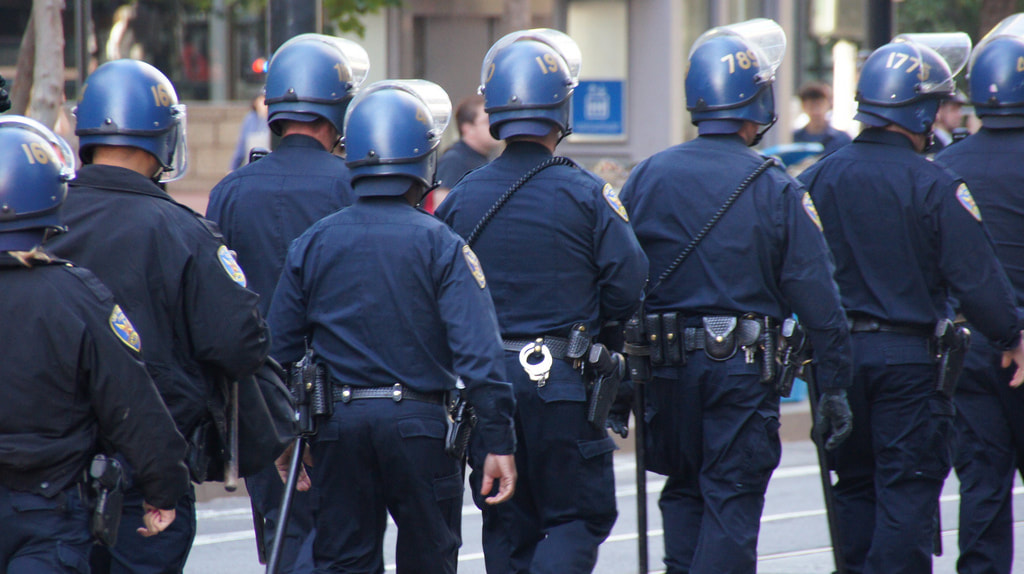| Four years ago, Chris Burbank met with the Deseret News editorial board. At the time, he was police chief in Salt Lake City, and he was complaining about how police departments nationwide were becoming too militarized. Back then, the military routinely gave surplus equipment to local police departments. Burbank said this made many local police look like invading |
| | armies when responding to problems, rather than as publicly funded protectors of the peace. He preferred teaching officers how to involve themselves in the community, he said. When problems break out, such as mass protests that could get out of hand, he felt riot gear might incite violence, rather than quell it. That seems like ages ago now. It was before racial discord in Fergusson, Mo., and elsewhere highlighted the image of police as an invading army. It was before news reports brought attention to the types of military surplus ending up in police hands. Box Elder County in sparsely populated northern Utah, for instance, got 54 assault rifles, a grenade launcher and an armored truck. President Obama scaled back the military surplus program. But on Monday, President Trump ramped it up again. Attorney General Jeff Sessions made the announcement at a Fraternal Order of Police convention in Nashville, saying Trump would restart the program through executive order. This time, the Justice Department referenced a recent study that showed militarized police departments reduce crime and lead to fewer problems. Titled, “Peacekeeping Force: Effects of Providing Tactical Equipment to Local Law Enforcement,” the study said, “Our results indicate that these (military) items have generally positive effects: reduced citizen complaints, reduced assaults on officers, increased drug crime arrests, and no increases in offender deaths.” It was published in the American Economic Journal. The authors caution that, “these results should not be used to diminish concerns about police-community relations, the role of police in our society, violence against civilians by police, or vice versa.” But they conclude that the military surplus program is not responsible for causing the social ills of mistrust and excessive force. They also offer this important caveat: “It is entirely possible that in certain jurisdictions these armaments may or may not be necessary, have not increased the efficacy of drug interdiction, or have led directly to increased violence by police against civilians. In other words, our findings do not necessarily mean that saturating our local law enforcement agencies with military hardware is good policy.” As usual, the truth probably lies somewhere in the middle. When white supremacists are battling the alt-left on a downtown street, or when terrorists are bent on mass murder, military style equipment may be necessary. But it probably isn’t on a daily basis, where police can do much good by building relationships of trust in communities. And Box Elder County probably could do without a grenade launcher. |


 RSS Feed
RSS Feed

